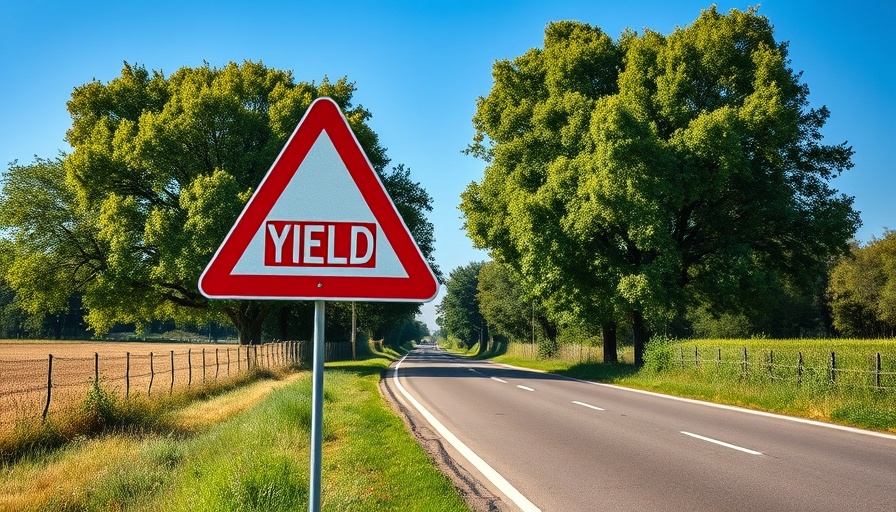
The Essential Role of Right of Way Laws in Road Safety
Understanding right of way laws is crucial for every driver. These laws help determine who goes first in various traffic situations, significantly impacting road safety. As a certified driving instructor once pointed out, right of way is a commitment to ensure everyone can navigate the roads as safely as possible. Yet, many may disregard these laws, thinking them merely as guidelines rather than vital rules to follow. This article explores right of way laws, answering common questions while offering insights to keep our roads safer.
What Constitutes Right of Way?
It may seem straightforward, but the concept of right of way can be complex. In essence, right of way determines who has the priority to proceed first in a given traffic scenario. This concept isn't simply about entitlement; even if you possess the right of way, caution is crucial. The ultimate goal is to avoid collisions, highlighting the necessity for drivers to assess situations carefully and remain alert to the actions of other road users.
Do Pedestrians Always Have the Right of Way?
The statement that pedestrians always have the right of way is only partially accurate. While vehicles must yield to pedestrians using marked and unmarked crosswalks, pedestrians also bear the responsibility of adhering to traffic signals. Engaging in illegal activities like jaywalking or crossing against a red light risks both parties' safety. Thus, mutual respect for these laws among pedestrians and drivers is essential for maintaining safe road conditions.
Understanding Intersection Protocols
At intersections, knowing who has the right of way is critical, especially in high-traffic areas. For uncontrolled intersections, the general rule dictates that the first vehicle to arrive at the intersection has the right of way. If two vehicles arrive simultaneously, the vehicle on the left must yield to the one on the right. On the other hand, controlled intersections operate under stricter rules, where vehicles facing a stop sign must yield to the traffic that doesn’t stop. The nuances in following these laws can significantly reduce accidents at intersections.
Crucial Right of Way Tips at Four-Way Stops
When navigating a four-way stop, confusion often arises regarding who should proceed first. Many believe that straight-going vehicles possess priority. However, the primary rule is that the first vehicle to arrive actually has the right of way. Drivers turning onto a new road must yield to any traffic already occupying that road. Such clarity helps streamline the flow of vehicles and can help prevent accidents that arise from miscommunication on the road.
The Consequences of Ignoring Right of Way Laws
Failing to adhere to right of way laws can yield severe consequences—not just legal repercussions but also potential injury or worse. Educational programs encourage drivers to fully understand the implications of these laws to foster a safer driving community. By respecting others on the road, we contribute to a culture of courtesy and safety.
Future Trends: Advancing Road Safety Through Technology
The shift toward driver-assisted technology positions us to revolutionize road safety. Features like automated braking systems and collision sensors serve as critical tools that can enforce right of way laws even when drivers fail to act responsibly. These advancements indicate a promising trend in reducing accidents through innovation.
Each Driver's Responsibility to Uphold Safety
Emphasizing the importance of right of way laws reinforces every driver’s responsibility to promote road safety. Taking proactive steps—whether by educating oneself or sharing knowledge with peers—can foster spontaneity in road rules adherence. Ultimately, prioritizing safety over entitlement helps cultivate an environment where all beings, whether in vehicles or on foot, can coexist harmoniously on the road.
As we’ve explored, right of way laws are invaluable for ensuring safety on the roads. Understanding these regulations is the first step toward becoming a better driver. So next time you engage with traffic rules, remember that safety is a shared commitment.
 Add Row
Add Row  Add
Add 




Write A Comment